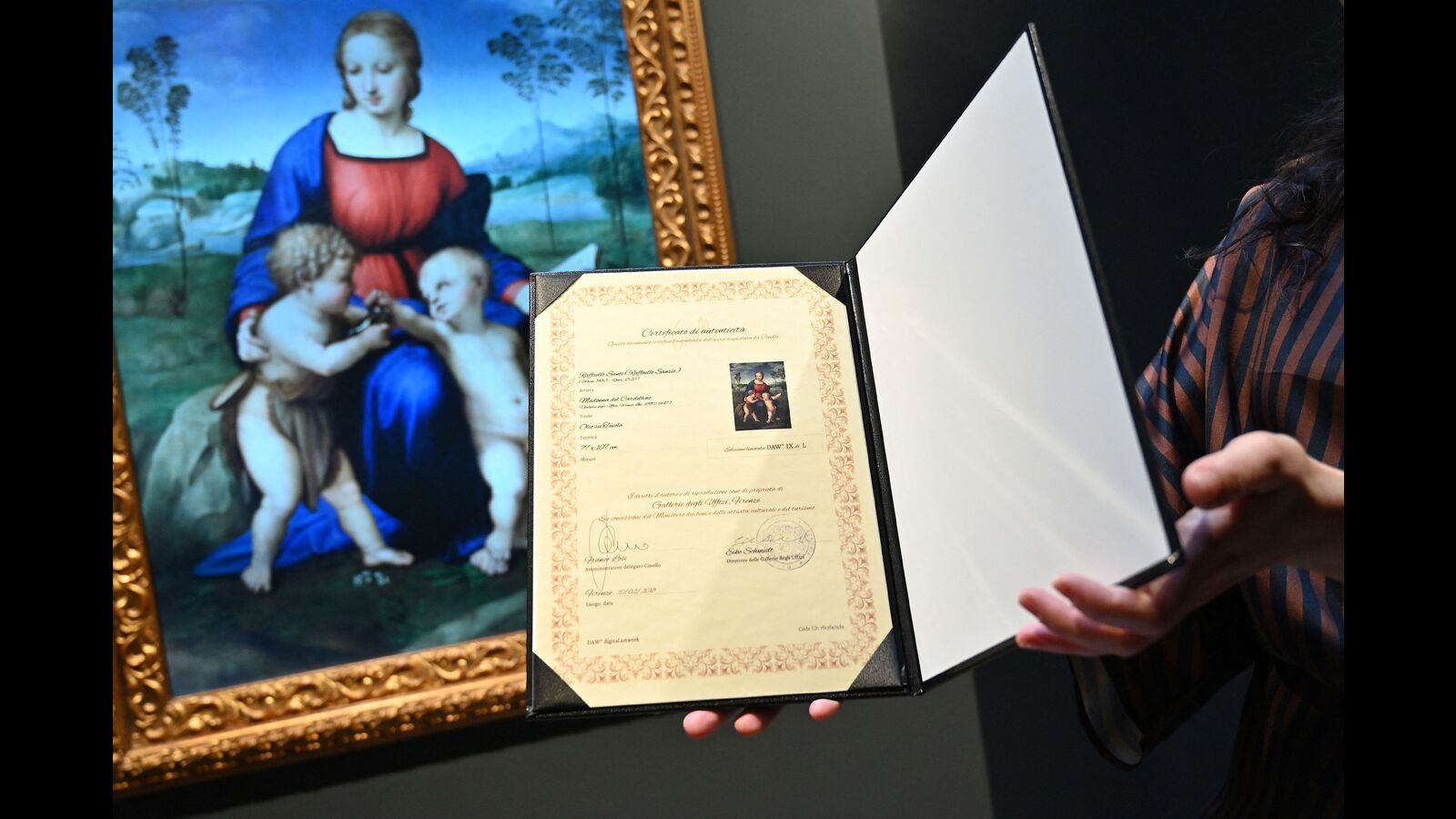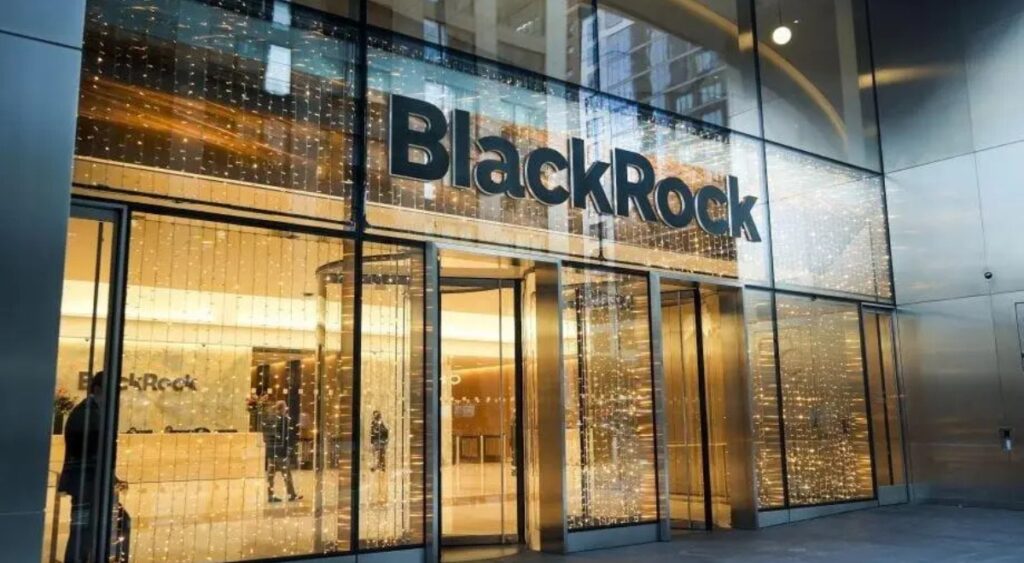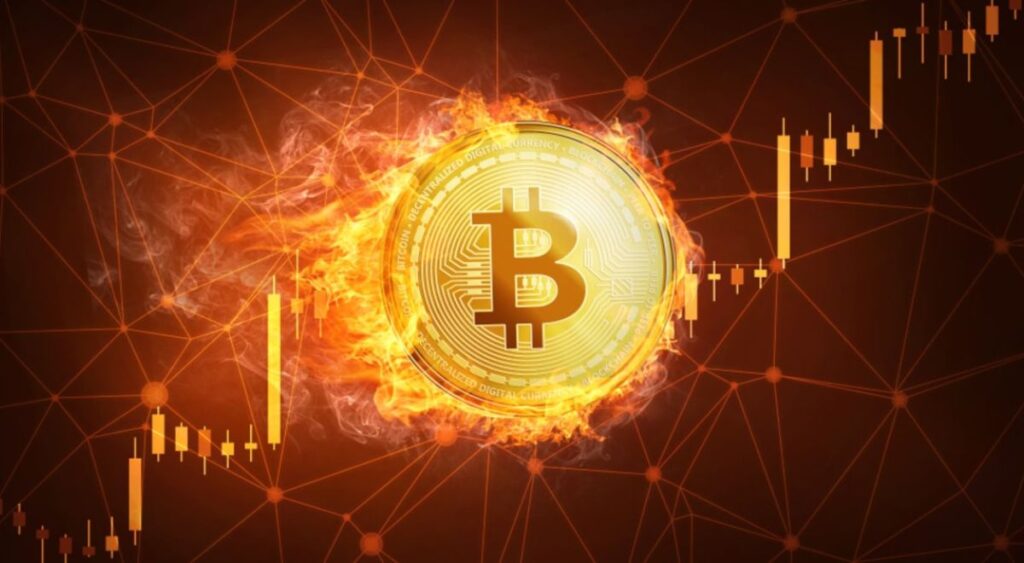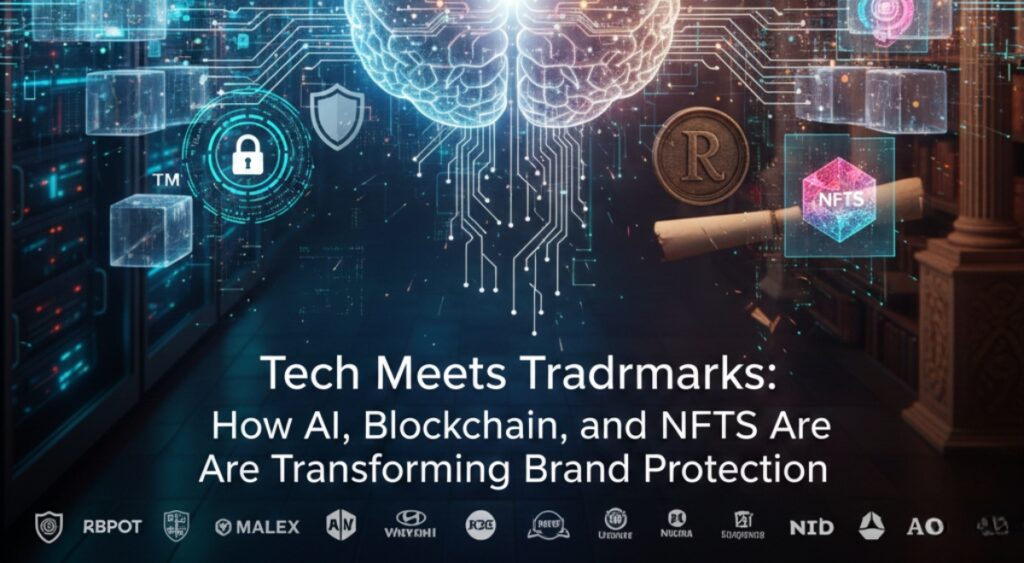Reuters reported on 12th February 2022 that NFT marketplace Cent was forced to cease transactions of non-fungible tokens (NFTs) six days ago due to ‘rife’ fraud on the site. Although it is a modest marketplace (with only 150,000 users), it is one of the most well-known. This marketplace was responsible for the sale of Twitter co-founder Jack Dorsey’s inaugural tweet as an NFT for USD 2.9 million. Nonetheless, Cent observed what may be described as the “evil side” of NFTs.
However, Cent’s issue was only a subset of the bigger issue concerning NFTs.
NFT is the brainchild of Internet mogul Anil Dash and visual artist Kevin McCoy, who first demonstrated “monetised graphics” in a live presentation at the 2014 Seven on Seven exhibit at New York City’s New Museum of Contemporary Art. Their plan was to provide artists with a way to generate money while maintaining ownership over their work.
Three years later, NFTs went off as the values of CryptoKitties tokens started to climb.
However, the real ‘revolution’ did not occur until 2021.
But why is the year 2021 so significant? For one thing, the world first began seriously discussing NFTs following the sale of an artwork named Everydays – The First 5000 Days as an NFT on 11 March 2021 by American artist Mike Winkelmann, more commonly known as Beeple.
Christie’s auctioned off the digital art for a staggering USD 69 million. The auction house claimed in a tweet that the transaction placed Beeple among “the top three most expensive living painters.”
Everydays – The First 5000 Days was the most expensive NFT artwork ever sold until December 2021, when an artwork named The Merge by the creator Pak was sold for USD 91.8 million.
Second, well-known personalities from the worlds of fashion and football have entered the NFT ecosystem by establishing collections and purchasing one-of-a-kind NFTs such as the ‘apes’ of the Bored Ape Yacht Club (BAYC) collection.
NBA great Steph Curry, Tonight Show presenter Jimmy Fallon, rapper Snoop Dogg, and singer Justin Bieber are among them.
Despite the fact that NFTs have grabbed the globe by surprise, their future appears bleak when one examines the ‘frauds’ on Cent. It calls into doubt the legitimacy of crypto art, as well as its genuine worth, re-saleability, and ownership.
However, one must first accept that just because one owns an NFT doesn’t really mean it is immune to duplication. For example, a .jpeg file on the internet may be readily downloaded by millions of people, even if it is an NFT that is ‘owned’ by somebody on a blockchain. This implies that unlike the Mona Lisa painting held at the Louvre in Paris, which may have replicas but none as flawless as the original, duplicates of these digital pictures are likely to replicate the original artwork.
Unauthorized tokens are one of the most serious issues regarding NFTs. Cent was the latest in a line of people dealing with this issue.
The Guardian reported on 22nd January 2022 that French luxury brand Hermès was suing American artist Mason Rothschild for using the former’s famed Birkin bags as digital currencies called MetaBirkins.
Similarly, on 3rd February 2022, Nike sued StockX, a retail site, for utilising the shoemaker’s name and famous emblem to produce and advertise NFTs.
The primary distinction between cryptocurrencies and NFTs would be that the first is fungible. However, just like crypto, all NFTs reside on the blockchain, with the majority of them on Ethereum. As a result, ownership of NFTs, like cryptocurrencies, is maintained on the blockchain, cannot be falsified, and data is visible.
Furthermore, regardless of the marketplace, NFT transactions, including gas (fees), require bitcoin. Simply, the greater the numbers and transactions involving NFTs, the greater the demand for cryptocurrencies.
In numerous nations, the fate of cryptocurrencies is unclear. If most economies opt to outlaw them, it will have an impact on mining activities. Because crypto is fundamental to the trade, this will have a negative impact on NFTs.
NFT trading on semi-regulated blockchains is permitted in several countries, including China. Because cryptocurrency is illegal in the jurisdiction, the units used as transaction gas exist only on a few blockchains. This implies they aren’t truly cryptocurrencies, however, the NFT trading continues within the confines of the controlled blockchains.
This, however, contradicts the fundamental nature of NFTs, which are essentially digital assets on a decentralised blockchain that are not directly under the control of a central system. However, the destiny of NFTs may be altered forever by government laws.
Just like with any new industry, project, movement or organisation — the existing challenges surrounding NFTs may be rectified in the future, and more investors may join in to make the blockchain concept achieve its full potential.
















